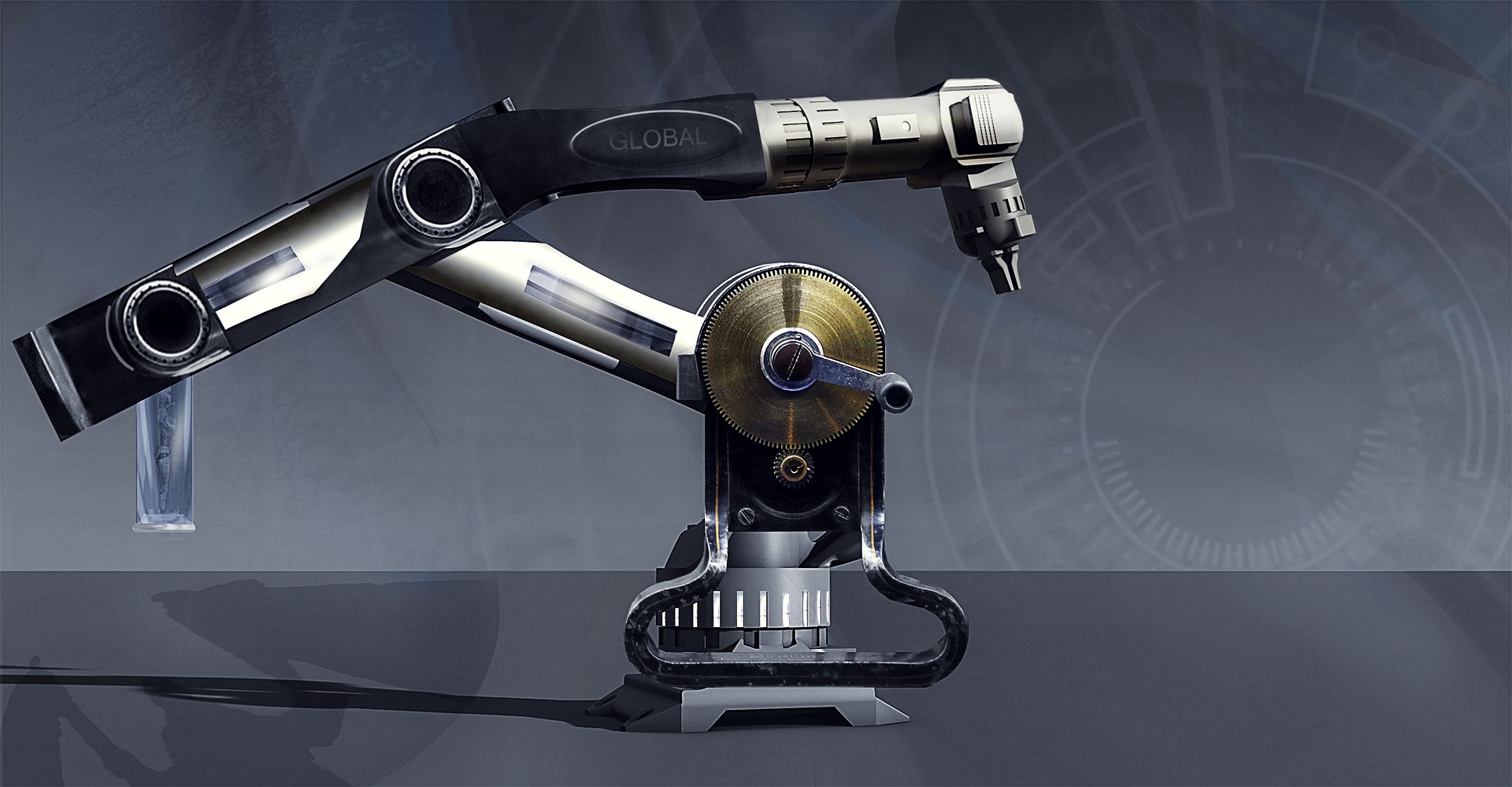When you want to know the state of the outsourcing industry, you really need to understand what is RPA. In this article, we’re going to take a look at its pros and cons and shall discuss its impact on the way we work.
What is RPA?
RPA is used for Robotic Process Automation, and mainly it is the process of using automated solutions to carry out repetitive tasks at a minimum cost. The main core of its blow is that it allows all kinds of companies to make use of the latest technology in a bright way that saves them money.
ADVANTAGES OF RPA
RPA might be the future that grants an organization to have complete control over tasks it would have once deployed. It ensures that you have a complete lapse of how your data is used and processed and this is excellent for peace of mind.
It also has the combined benefits of decreased costs and scalability. The second point is exceptionally important which allows RPA to move from one task to the next aimlessly. Instead of having to find half a dozen different humans with extending skills, you can now utilize everything to one system. It also carries your overheads bow as you can cost up your projects on an as-needed basis without having to maintain staff.
Communication and Accuracy
RPA can simplify communication as well as maintain accuracy. The problem with humans is that they’re subject to emotional errors from time to time. Obviously, if you hire someone who is extremely experienced, they will be much less likely to make a blunder, but this kind of experience comes at a price. One of the basic advantages of RPA is that you only need to train your system one time.
From there on it will behead the same set of instructions endlessly, provided you keep it working within it’s known framework.
You can also build consent into your RPA program by giving it an authoritative set of operational actions. That will assure that it works within set barriers (your compliance compulsion) and execute the same process over and over again.
It all sounds pretty good from an RPA prospect, but what’s the full picture?
Where RPA Might Let You Down
Okay, so from having read the first half of this article you may be thinking that outsourcing your work to a human is no longer viable. After all, a machine can work round the clock, 365 days a year, and surely it never makes a mistake.
The problem with this point of view is that it’s wrong. What you need to remember about the RPA approach, is that it’s only as good as the input framework you provide. In other words, it’s only as active as the training you can deliver. That is the same with human staff, but humans can teach themselves. RPA systems do not, and never will be able to.
If you have a nuanced task or one that can’t be broken down into fields on a form, then an RPA will be of little or no utility. The human touch will always be needed for more complex, less prescriptive tasks, and it will certainly always be required for those who are creativity-driven.
Where Human Outsourcing Proves to Be Unreplaceable
The great thing about outsourcing to a human is that they can learn on the job and provide new ideas you have never thought of. If you want to outsource a routine task that needs to be duplicated 10,000 times, then RPA is definitely the way to go.
This will then free up the creative sparks of your human staff so that they can do something original, creative, and innovative. It’s what humans do best, and it’s an area that RPA systems will never become assertive in.
By finding a balance in the way you outsource your work, you can have the best of both worlds. But where does the balance lie?
The Outlook for the Future: Finding the RightBalance
RPA systems are scalable, cheap, and free from errors with the right input parameters. This makes them well suited to routine tasks that need to be repeated again and again, especially on a regular basis. What they are not very good at, are low volume slot tasks that involve a degree of critical thinking, modernization, or creativity.
These such tasks are still very much the realm of skilled humans which is good news too. Because you can give these tasks to your human outsourcers, and keep the RPA bubble away in the background, you can have the best of both worlds.
Finding the right balance is all about trying to adapt your business to the needs of the here and now. Be flexible, be adaptable, and always ask yourself what you really need at any given moment in time.

